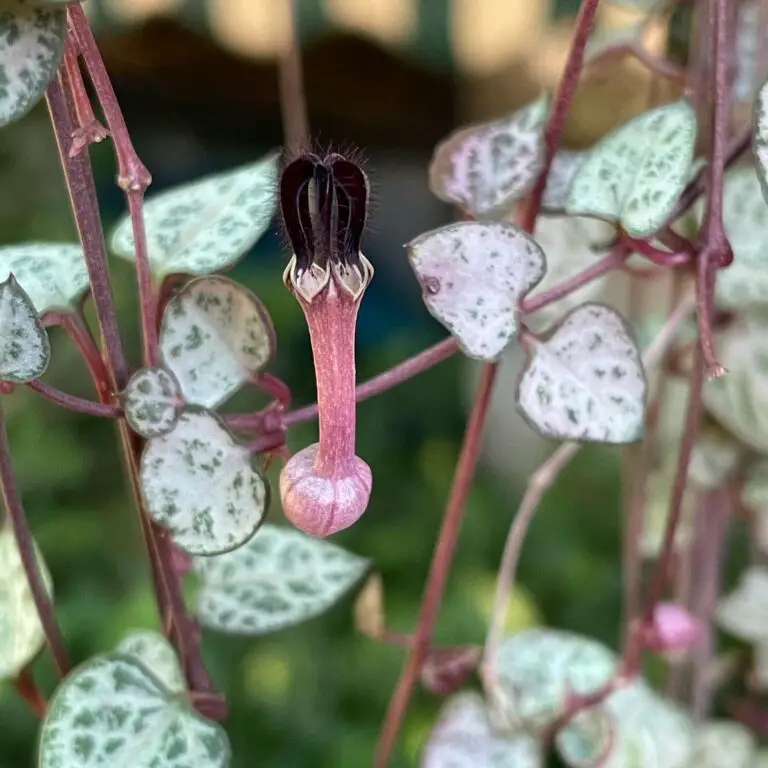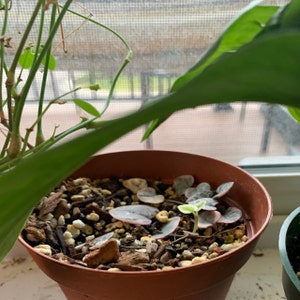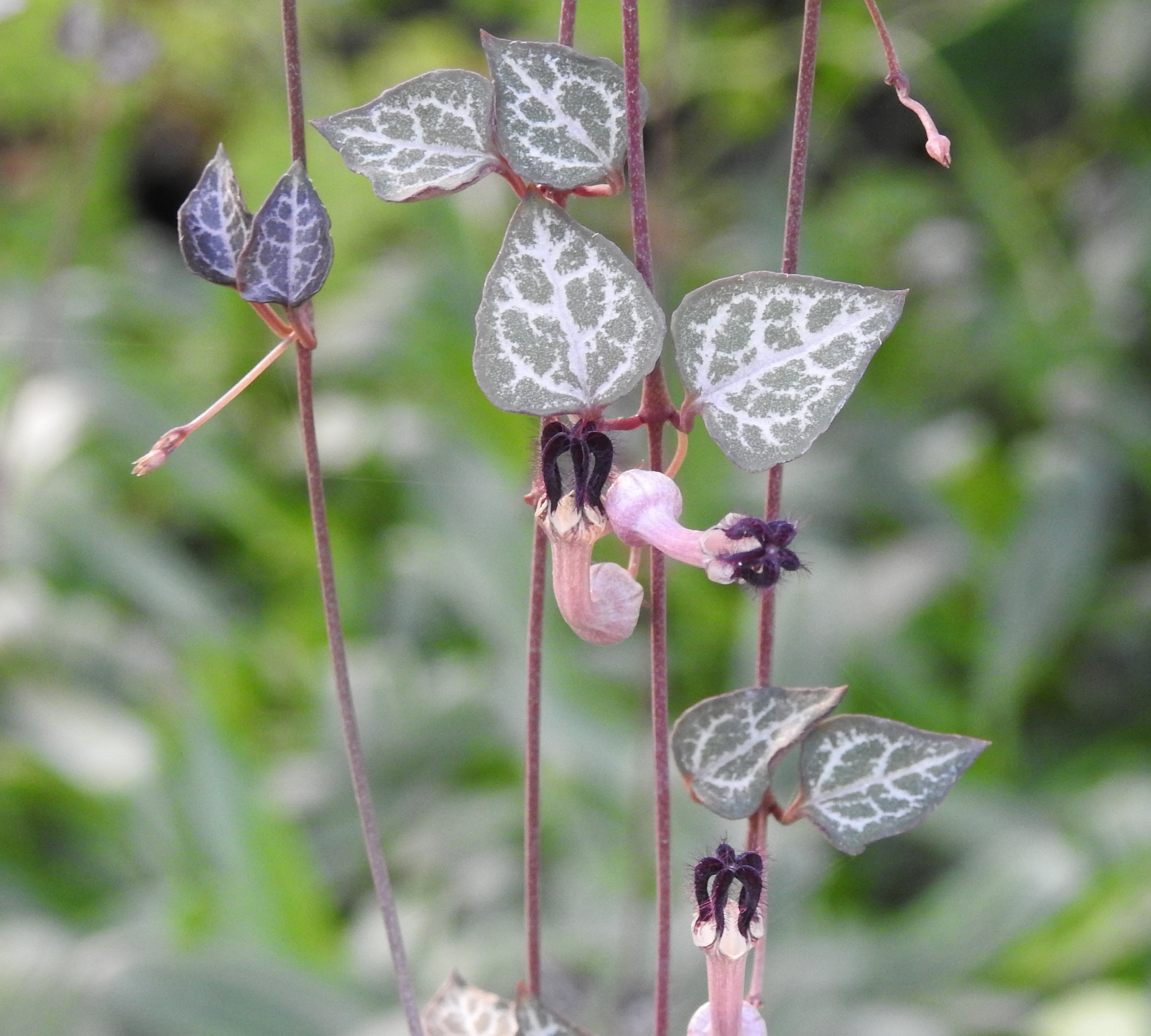

With age it develops a woody caudex at its base. When exposed to sufficient light they have a deep green colour under insufficient lighting the leaves are pale green. Its leaves are shaped like hearts, about 1–2 cm wide and long. It is an evergreen succulent trailing vine that grows to 10 centimetres (3.9 in) in height and spreads to reach up to 2–4 metres (6 ft 7 in – 13 ft 1 in) in length. Its trailing habit, neat appearance, and tolerance of neglect, made it an ideal plant for hanging baskets. Brown, produced a detailed description, naming the plant after its discoverer. The prolific botanical artist Matilda Smith prepared the plate, while the Kew taxonomist, N. The plant that had been sent to Kew subsequently flowered, providing the material for Plate 7704 of Curtis's Botanical Magazine published in 1900. Thirteen years later, in 1894, he sent a living plant to the Royal Botanic Gardens, Kew, UK. In 1881, the species was discovered hanging from rocks on Groenberg Mountain in Natal, SA, at an altitude of 1800 feet, by John Medley Wood, curator of the Durban Botanic Gardens. Common names include chain of hearts, collar of hearts, string of hearts, rosary vine, hearts-on-a-string, and sweetheart vine.


It is sometimes treated as a subspecies of the related Ceropegia linearis, as C. Ceropegia woodii is a flowering plant in the dogbane family Apocynaceae, native to South Africa, Eswatini and Zimbabwe.


 0 kommentar(er)
0 kommentar(er)
